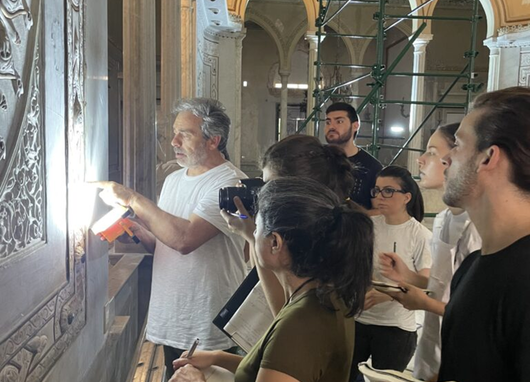
Conservation of Beirut cultural heritage and post-dicaster recovery
Lebanon
| Architecture, History
The funding instrument "Research Partnership Grants" aims at developing new joint project proposals or connecting already existing and independently funded projects in Switzerland and in the MENA partner countries into long-lasting cooperation. The goal of this instrument is to allow researchers to conduct desk work, field research or laboratory feasibility studies, in order to apply for grants from other funding agencies (e.g. national funding agencies or EU funding schemes), and/or to develop long-term partnerships between two institutions or research groups. Activities to intensify joint teaching or curriculum development are also eligible for this grant.
This instrument will be launched once a year in 2021, 2022 and 2023. The text of the 2021 call is available below. Minor changes will be made for the 2022 call, which will be launched in May.
The first call for projects was launched in October 2021. At the deadline (3rd January 2022), 36 applications had been submitted. After an eligibility check, an evaluation by external reviewers, and a final committee selection, ten projects were awarded a grant. You can find detailed information about the awarded projects below.